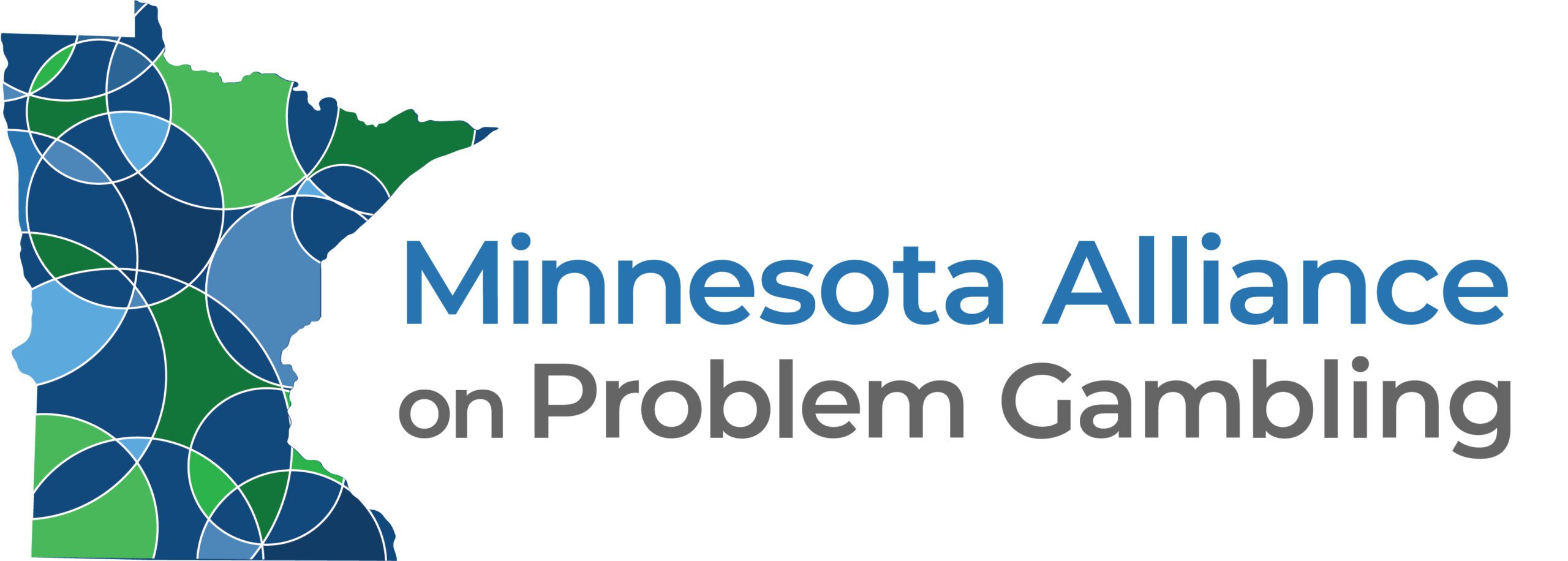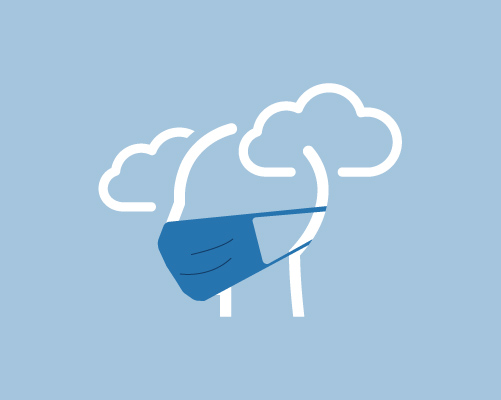While the impact of the COVID-19 pandemic on mental health is undoubtedly significant, how traumatic has it been and how does it compare to other traumatic events? This was among the topics discussed in “Understanding and Addressing Post-Pandemic Trauma,” a presentation by Ken Roberts, chief clinical officer for NUWAY, at the Minnesota Conference on Problem Gambling in November.
The term “trauma” can apply to a broad range of experiences that impact each individual differently. However, there are well-established data patterns that offer useful learning applicable to current pandemic circumstances.
Two relatively recent community-based traumas include the Sept. 11 terrorist attacks in 2001 and Hurricane Katrina in 2005. These large-scale traumatic events were shown to have a significant negative impact on substance use disorder and mental health patterns. In both events, the trends identified at year one actually continued to increase for another two to three years, a pattern consistent for a range of community traumas. Data has shown there are similar outcomes from other events, such as wildfires and mass shootings.
The scope and duration of the pandemic suggests a long-term impact. Although there are some potentially positive signs for dissipation of the latest pandemic wave, it is an experience that has had a global impact for two years without a foreseeable definitive resolution.
Since the early months of 2020, we’ve been on a roller coaster ride that has included the promise of vaccine relief and lessening restrictions, all too rapidly undercut by new waves of variants. Both our personal and professional worlds have been turned upside down in what is likely to be a generational event. As we consider the potential long-term impact of the pandemic, we must recognize that versions of the individual challenges each of us have faced are occupying the consciousness of billions of people around the world.
It’s important to recognize the paradox of the pandemic trauma experience. On one hand, there are the common experiences we all relate to that have become the themes of our daily conversation. Yet, on the other hand, there are myriad unique and intensely personal stories often borne in silence and solitude.
Part of the enduring strain of the pandemic has been the uncertainly of its actual end, leading to chronic stress and erosion of even our most healthy coping strategies. This prolonged period of instability has set the stage for potential behavioral health service needs over the next several years that mirror the patterns of Sept. 11 and Katrina, but are almost incomprehensible in possible magnitude.
Notable increases in anxiety, depression, trauma/stressor disorders, substance use, self-harm, and overdose that have occurred since the pandemic began are all grim indicators reflecting the needs and deficits seen by mental health professionals. If we are unable to expand access and improve outcomes, we will continue to add many “deaths of despair” to our numerous COVID-19 fatalities.
Whether we are considering the traditional clinical trauma disorders or the new conceptualization of Pandemic Trauma and Stress Experience (PTSE), the individual experience is always the key consideration in considering subsequent effects and impact on functionality, as well as what trauma-focused interventions might be best for those individuals. Similarly, just as one person’s experience after a car crash might different from another’s, the same is true for how each of us is experiencing the current pandemic.
Thankfully, the majority of individuals who experience trauma events and effects also possess sufficient protective factors that allow for adaptions and resiliency to overcome traumatic circumstances through what is frequently termed a “natural recovery.” The concepts of enhancing protective factors and empowering resilience will be an important focus as mental health professionals consider trauma intervention strategies.
The American Psychoanalytic Association is seeking to distinguish between PTSE and Post Traumatic Stress Disorder (PTSD). Understanding the difference is important to both educating and normalizing clients while avoiding the potential stigma of unwarranted diagnosis and targeting effective interventions. More information about PTSE can be found at https://apsa.org/PTSE.
It’s also important for providers to cultivate resilience, altruism and creativity in ourselves, our teams and our agencies in order to best serve those in need.
In summary, our extended experience of the COVID-19 pandemic is currently and will continue to drive the need for co-occurring services. Understanding the additional layers of pandemic trauma and stress as a potentially new concern and an amplifier of existing conditions allows us to be strategic in conceptualizing and evolving client care while maintaining professional resiliency. These steps will drive the direction of our industry in years ahead.

